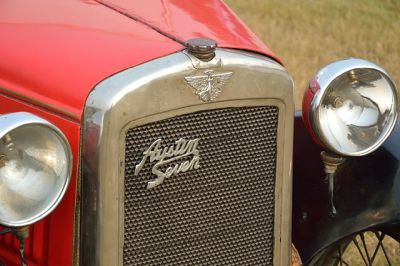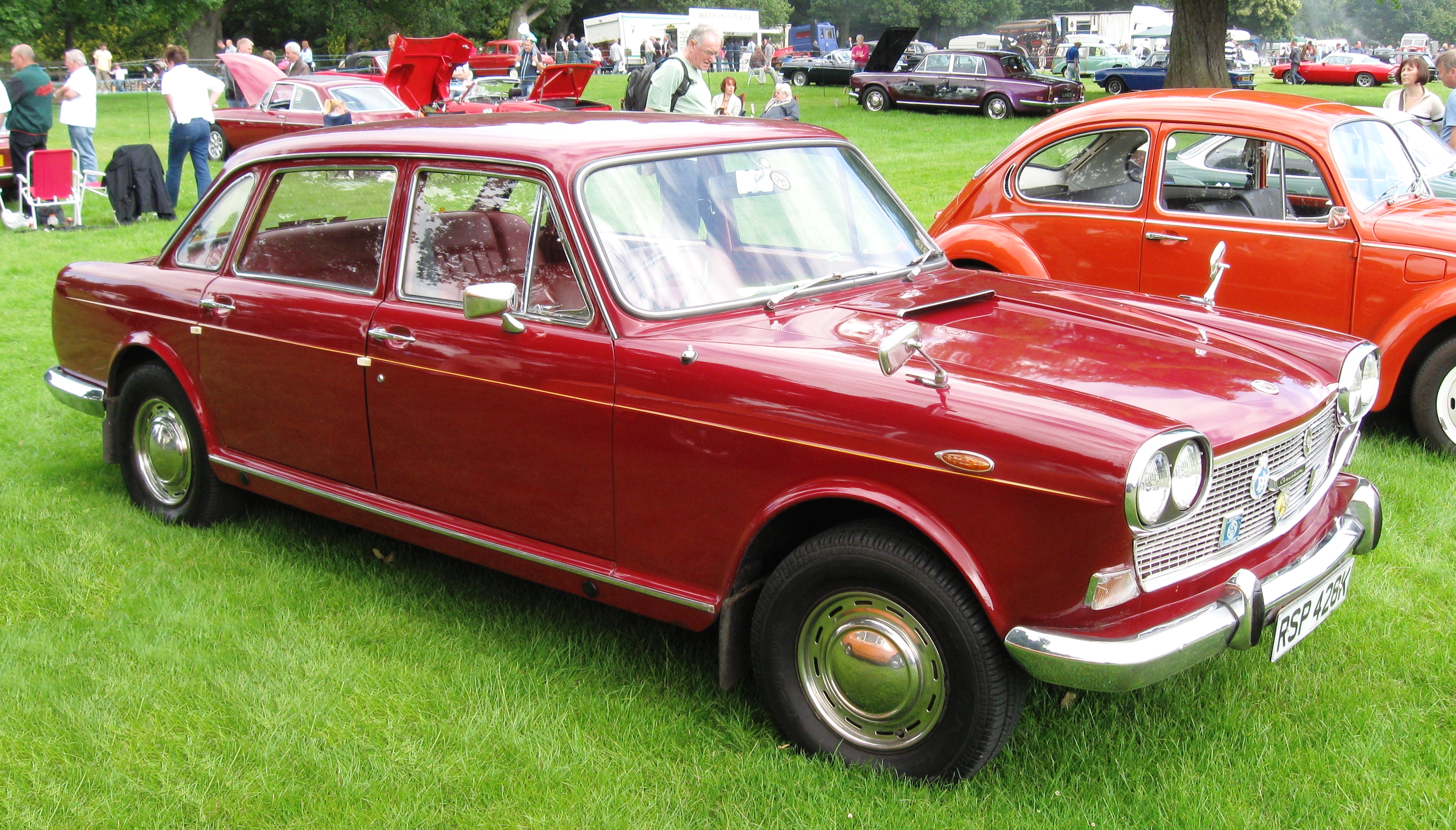
Interesting Facts About Austin Motor You Probably Don’t Know – Common Problems – and PDF Manuals for Download…
This is one of the oldest car manufacturers in Britain. The company’s founder, Herbert Austin, was running The Wolseley Sheep Shearing Machine Company before establishing this company.
But the problem with that business was that the revenue stream was seasonal, depending on the shearing season.
So, in search of a steady revenue source, he explored the possibility of manufacturing automobiles.
From 1895 to 1899, Austin made three cars as a side project in order to explore the viability of the operation.
In 1901, his proposal to start manufacturing automobiles was accepted by other directors at Wolseley and also received the support of Vickers, which was a major engineering company of the time.
By 1905, Wolseley had become one of the major players in the nascent automobile market. In 1905, due to differences over the future design, Austin left the company and formed his own automobile company under the brand name Austin.
His venture was backed by Frank Kaiser, an established industrialist in the iron and steel sector. Austin Motor Company also received the support of Harvey du Cross, who held the patent for pneumatic rubber tyres.
Austin Motor Company began by acquiring a disused printing mill in Worcestershire and converting it into an automobile factory.
The first Austin car was available in the option of 15/20 HP and 25/30 HP engine options.
Austin Motor Company continued producing many luxury vehicles, which had various high-profile customers ranging from high level British and Spanish nobility, Russian Grand Dukes, Bishops and several other European royalties.
By 1913, the company was producing 1500 cars annually.
It went public in 1914, increasing the capital significantly. During the Great War, the war production allowed the company to expand significantly.
The number of employees went up from about 2500 to 22,000 in order to keep up with the war production.
After the war, the company decided to sell various versions of only one framework.
Various automobiles such as cars, commercial vehicles and even a tractor were produced using a frame based on a 20 HP engine.
However, the demand was not enough to fulfil the expanded production capacity during wartime.
Hence the company faced some financial troubles, but after a corporate restructuring, new finance director and backing of Midland Bank, continued to grow.
Austin achieved significant successes in the interwar period. They made several lower priced car models aimed at mass market based on a new, smaller engine with a displacement of 1661 cc. T
he British tax code at the time levied an annual tax on automobiles based on the displacement of engines. Similar taxes also existed in several other European countries.
This gave the smaller engines used by Austin an edge over the competition in terms of cost.
Hence, they were very popular, and models such as the Austin 7 were also an export success, being manufactured overseas under license by BMW in Germany and Datsun in Japan.
It was also successfully exported to France and US.
The success of these models allowed Austin to remain profitable and withstand even the Great Depression.
During the Second World War, Austin was involved in war production and produced trucks and aircraft in addition to cars.
After the war in 1952, Austin merged with Morris Motors Limited to form British Motor Corporation Limited. T
hey still continued selling cars under the Austin brand name. Though Austin’s engines were now being used in other brands under BMC as well.
BMC then entered into a deal for a joint venture between the Austin brand and Donald Healey Motor Company to produce sports cars under the brand Austin-Healey.
The racing cars had good success in various rallies and championships. A specially built car made by Austin-Healey set various speed records at the Bonneville Salt Flats in 1953. Austin-Healey brand of cars was produced from 1952 to 1972.
In the late 1950s, with uncertainty in terms of oil prices, BMC developed various small family cars which were among the first to use the front engine and front wheel drive layout. One of them was the Mini.
It was sold under names by various subsidiary brands, but the Mini caught on, and so all the offerings, including Austin’s version, came to be known as the Mini. It went on to become BMC’s most selling car and an icon of UK’s popular culture of the 1960s.
In 1976, BMC rebranded to BMH, and then merged with Leyland Motor Limited to become the British Leyland Motor Corporation.
However, the 1970s proved to be difficult for the company, and by the end of the decade, the future of the company was uncertain. In 1980, the supermini Austin Metro was a success, but it was not sufficient.
The company had to downsize and was rebranded as Austin Rover Group. Sales continued to reduce throughout the 1980s as well, and finally, the Austin brand was discontinued in 1987.
The rights to use the Austin brand were acquired by the Chinese company Nanjing Automobile Group as a part of their acquisition of the Rover group, but they have not produced any Austin branded car so far.
Common Austin Car Problems
If you are considering buying an Austin or an Austin-Healey car, it is important to note that you are going to buy at least a 30-year-old car.
You must be prepared to perform exhaustive repair and overhaul.
Also, it is hard to find mechanics today who are well versed with the designs of these cars. Hence, a technical manual and a repair manual is absolutely essential.
Whether you are performing routine maintenance yourself or taking it to the mechanic for some major work, unless you already own a fleet of these cars, you or the technicians are less likely to know how to maintain and service these cars well.
Hence, the necessity of technical and repair manuals.
Most people purchasing these cars go for the Austin-Healey, particularly the 3000 model. Though if it interests you, you will also be able to find Harleys of the 1960-1987 era made for the mass market.
Though note that these were usually affordable cars and are less likely to stay in as good a condition as the Austin-Healey models. Pre-World War 1 Austin cars were well-built luxury cars, but it is hard to get your hands on one of those.
But if you are fortunate enough to have one such car in your possession, then a technical manual is even more important since those cars are even more different than today’s cars, requiring special care.
Another important reason to get a technical manual is that if you go to an auction or if you negotiate the price when buying, you need to know how to find out if the car has been properly cared by its previous owner.
Without a technical manual, you might miss important signs of neglect, and later it may cost you a lot to overhaul the vehicle.
Purpose of this is to catalog and include one of most comprehensive, useful and accessible “automotive repair PDF manual” database on the web for all Austin models.
It’s your go-to source for learning all about Austin – when you can’t find it elsewhere.
To get started, select the intended car model below…



